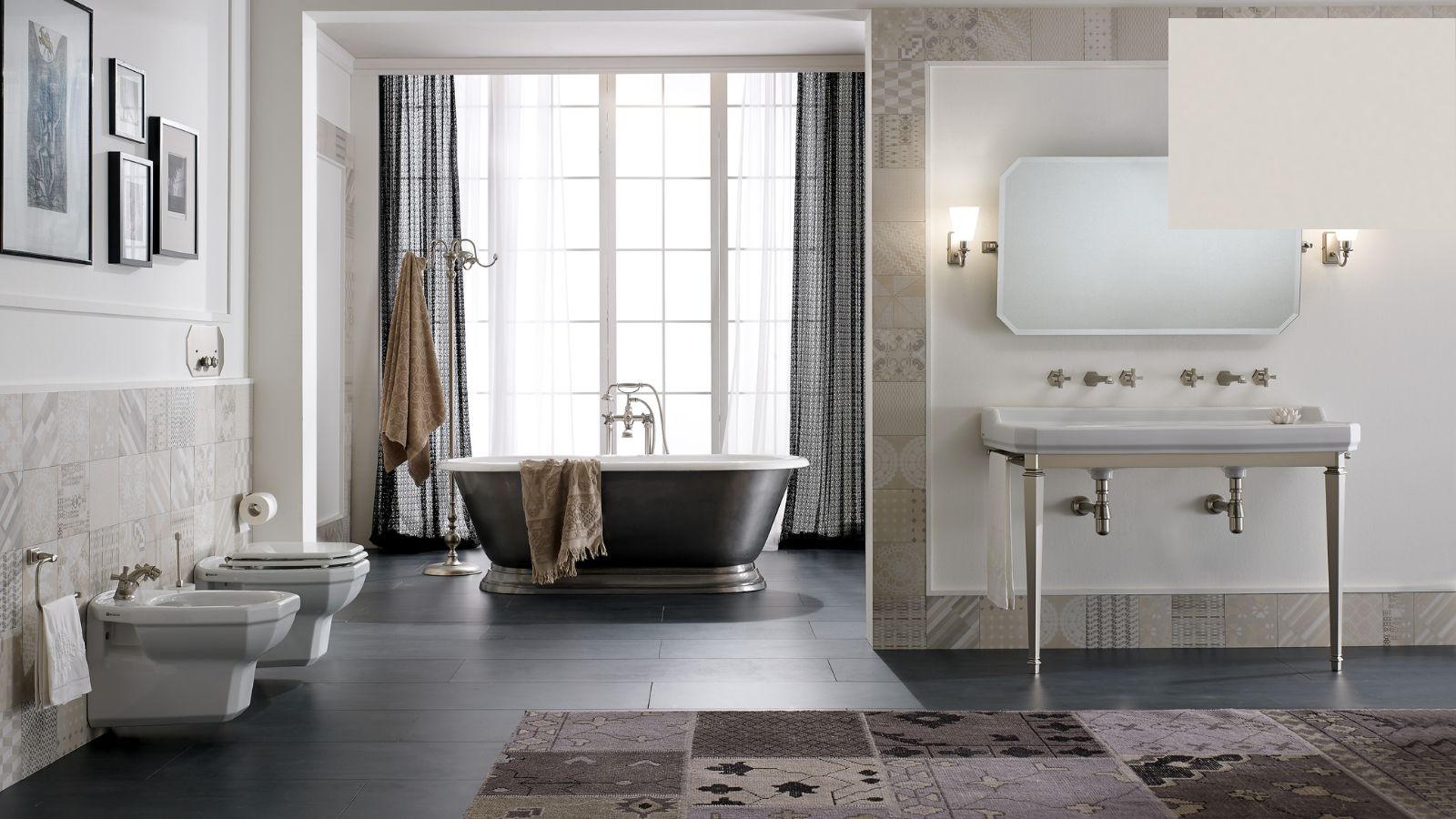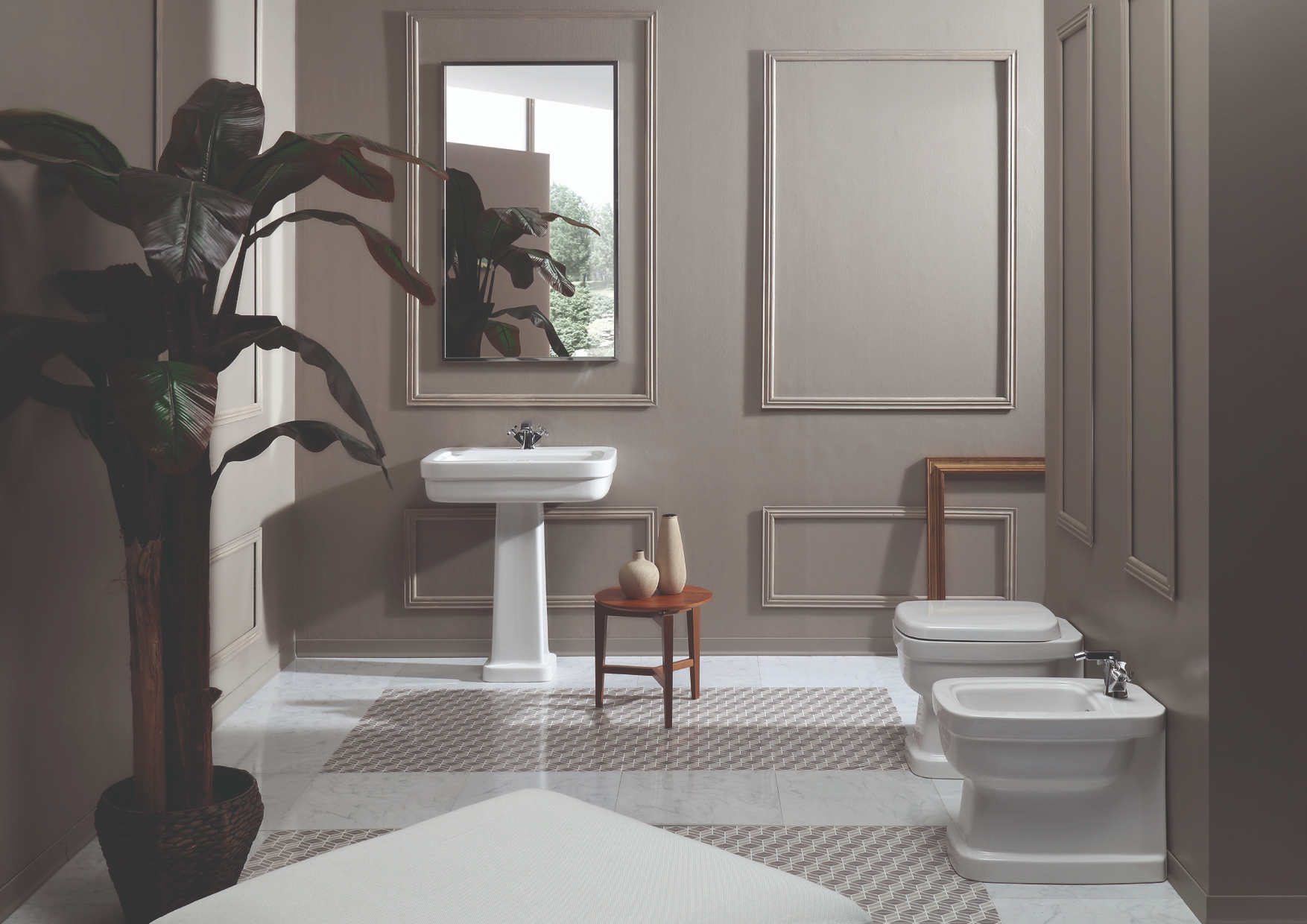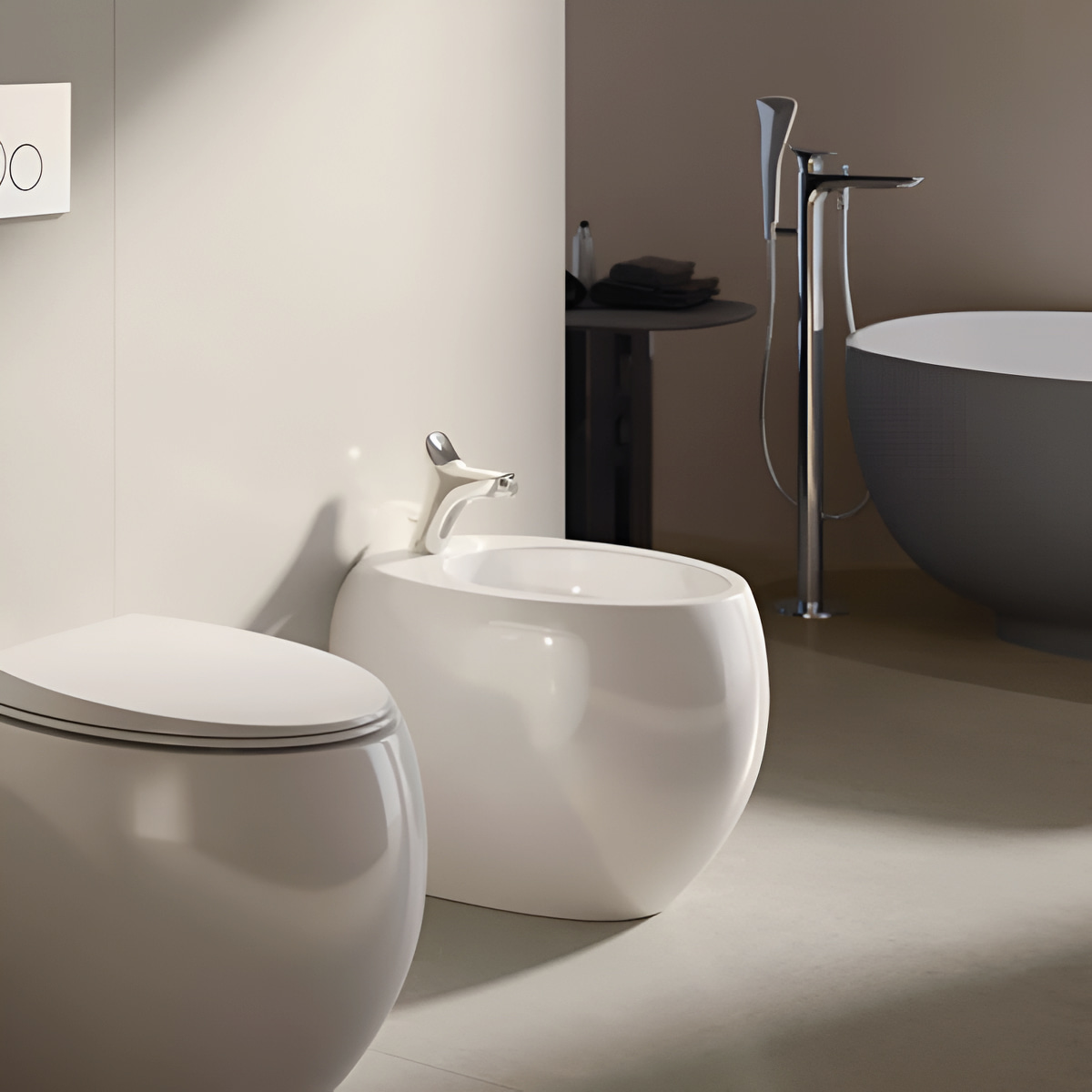Could a bidet be the value-adding bathroom feature your home is missing?
Take the experts’ advice on the benefits of adding a bidet


A bidet is a bathroom fixture that isn’t often seen in US homes but if you’re planning a bathroom remodel and considering what it should include, you may be wondering exactly what a bidet is and whether it’s a useful extra for the space.
You’re more likely to have come across a bidet when traveling abroad than in a US bathroom but those who use them appreciate their benefits sufficiently to want a room that accommodates a bidet as part of bathroom layout ideas.
Here, we explain what a bidet is, the reasons you might want to design a bathroom with a bidet, and whether it adds value to your home and boosts buyer appeal.
What is a bidet?

A bidet is an extra plumbing fixture for a bathroom. It’s installed in addition to the toilet, and the other fixtures for the room such as sink and shower or bath. It looks much like a toilet bowl but it has faucets for the water it uses. A bidet is typically positioned alongside the toilet so you can easily move from the former to the latter.
Note that what we’re describing is a standalone bidet, the classic design you may have encountered traveling outside the US. However, there is also a non-standalone option available in the form of an attachment for a standard toilet.
Why would you want a bidet? The answer is that it’s an alternative to using paper for cleaning up after using the toilet. It can save you money, increase personal hygiene and potentially even add value to your home.
Discover all the details you need below.
Design expertise in your inbox – from inspiring decorating ideas and beautiful celebrity homes to practical gardening advice and shopping round-ups.
The advantages of a bidet

RAK Cloud Back To Wall Bidet by Sanctuary Bathrooms
The number one advantage of a bidet is that of promoting personal hygiene; rather than wiping with dry paper, water is used for the post-toilet cleanup. Experts have noted that doing this with the help of a bidet rather than paper is more hygienic. It can also prove a gentler way to cleanse, which can help those with skin conditions.
Using a bidet rather than paper also avoids the consumption of natural resources that occur in the manufacture of toilet paper that isn’t made from recycled materials. And while we’re talking paper, if you don’t need it, you’re less likely to be left wondering how to unclog a toilet.
Reasons a bidet could add value
According to experts, there are several reasons why a bidet could add value to a home:
Luxe addition: ‘If your home is all about that luxury, slipping in a high-end bidet could seriously impress buyers because it feels like you thought of everything,’ says Realtor Erin Hybart.
Eco appeal: ‘Living sustainably and reducing environmental impact are ideals that many people strive for these days,’ says Eric Bramlett, a realtor and Owner of Bramlett Residential. ‘Homeowners who want to lessen their carbon footprint are truly starting to see the benefits of using bidets. I’ve spoken with others who have been surprised at just how much less toilet paper is needed with a bidet.’
However, be mindful that it may not be equally appealing to all buyers, according to Eric. ‘For eco-conscious buyers, a bidet is a selling point because it reduces toilet paper waste,’ he says. ‘That makes it an attractive feature for newer homes marketing themselves as green. However, older homes may not see as much value since sustainability isn’t as high a priority for all buyers.’
Ideal for older people: ‘A bidet is most valuable for homes with older adults or aging parents,’ says registered nurse Nancy Mitchell, contributor at Assisted Living. ‘Bidets allow you to use gentle water flow to clean up after yourself. It’s a safer option than using toilet paper, which can bruise delicate aging skin. It also eliminates the need to twist over to wipe and risk toppling over (and getting injured) due to impaired balance.’
In this case, Nancy recommends complementing the bidet with other features. ‘Ideally, you’d opt for having a bidet in a multigenerational bathroom equipped for elderly accessibility. Consider including it along with shower rails and toilet seating support. It adds to the convenience for older family members.’
The verdict on bidets

RAK Metropolitan Wall Hung Bidet With Hidden Fixations by Sanctuary Bathrooms
If you’re contemplating including a bidet as part of a bathroom remodel, it could be worthwhile.
‘In my opinion, it does have a small impact on the value of the homes because, let us face it, anything that you can market as a sustainable product is bound to increase the goodwill of the house,’ says realtor Hannah Jones.
But bear in mind they are a fixture with which many Americans aren’t familiar – or convinced by. ‘At the end of the day, bidets aren’t for everyone,’ says Eric Bramlett. ‘Most homebuyers probably don’t consider it a dealbreaker either way. So the question is whether the cost justifies the potential increase in interest from a narrower group of purchasers. It may boost value somewhat in the right setting, but there are no guarantees. The best advice is to know your neighborhood and the kinds of buyers typically drawn there.’
You could consider a bidet attachment as an alternative, suggests Erin Hybart. ‘The bidet attachment is a no-brainer because it can be easily removed in under a minute, and a decent one costs under $100,’ she says.
‘However, the standalone bidet should be given more thought,’ she advises. ‘It could feel out of place and a waste of space to some. It can also be rather intimidating at first for those without experience. The standalone may not offer a return on investment to most homes unless it’s trending for the neighborhood or location.’
Creating sufficient space between a shower and a toilet is key in any bathroom remodel, and local codes also apply to bidets, so get savvy about the rules before deciding on one to avoid bathroom remodel mistakes. Bear in mind that as an additional fixture it will add to bathroom remodel costs, including for the extra labor needed.

Sarah is a freelance journalist and editor. Previously executive editor of Ideal Home, she’s specialized in interiors, property and gardens for over 20 years, and covers interior design, house design, gardens, and cleaning and organizing a home for Homes & Gardens. She’s written for websites, including Houzz, Channel 4’s flagship website, 4Homes, and Future’s T3; national newspapers, including The Guardian; and magazines including Future’s Country Homes & Interiors, Homebuilding & Renovating, Period Living, and Style at Home, as well as House Beautiful, Good Homes, Grand Designs, Homes & Antiques, LandLove and The English Home among others. It’s no big surprise that she likes to put what she writes about into practice, and is a serial house renovator.